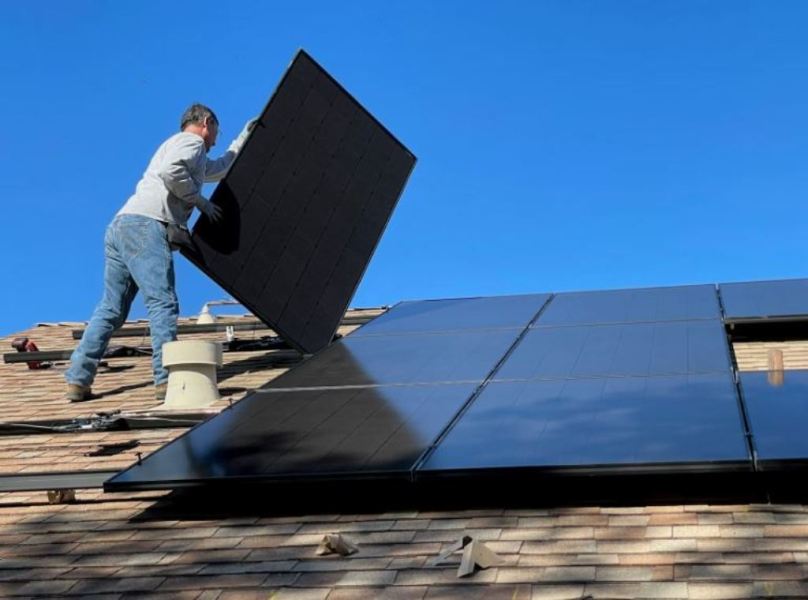Plenitude (Eni) and Saipem have signed an agreement to install a photovoltaic system with a capacity of about 1 MWp at Saipem’s offices in Fano, Italy. The system estimated solar power generation capacity will amount to over 1,000 MWh annually, able to meet almost all the energy needs of Saipem’s premises while improving its energy efficiency and overall sustainability.
According to the agreement, the photovoltaic panel installation will be carried out, financed and guaranteed by Plenitude, while Saipem will provide a fixed consideration for 10 years for the electricity supplied by the system, ensuring a more efficient cost control over its energy needs. The agreement also encompasses the management, routine and extraordinary maintenance of the system, as well as the development of a continuous performance monitoring system. At the end of the contract period, Saipem will become the owner of the system.
Pasquale Cuzzola, Retail Italian Market Director at Plenitude, commented: “This agreement, which is part of a broader collaboration project between the two companies, is in line with Plenitude’s strategy to create value through the energy transition and to achieve net zero Scope 1, 2 and 3 CO2 emissions by 2040. We are pleased to make our distributed generation solutions available to Saipem’s Fano offices through a technologically advanced system that will enable a more efficient and sustainable use of energy while providing certainty over the costs incurred.”
Massimilano Branchi, Chief People, Hseq and Sustainability Officer at Saipem, stated: “The collaboration with Plenitude has a special significance because it concerns the long-standing premises in Fano and is tangible proof of our commitment to meet the objectives of our Sustainability Plan. By improving energy efficiency and sourcing self-generated energy from renewable sources, we aim to reduce our emissions first and foremost. Our plan is to achieve Net Zero by 2050 for Scope 1, 2 and 3 emissions, to achieve Carbon Neutrality of Scope 2 emissions by 2025, and a 50% reduction of Scope 1 and 2 emissions by 2035.”

